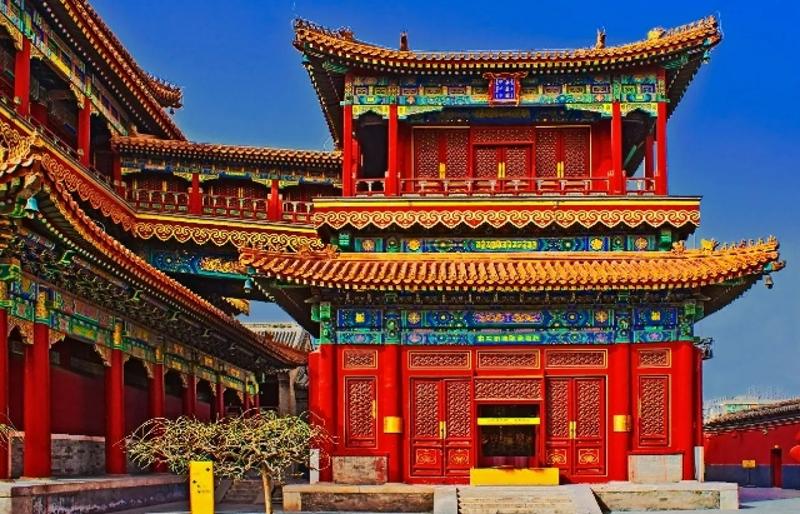Exploring Yonghe Temple: Learning Some Facts About This Temple
Yonghe Temple, located in the northeast corner of Beijing, is a magnificent temple with rich historical origins and profound religious significance. Yonghe Temple is one of the most important Tibetan Buddhist temples outside Tibet and is also one of the most popular temples in Beijing. It was first built in the Qing Dynasty in 1694. Later, it became the residence of Yongzheng, the Prince Qing, and in 1744, Yonghe Temple became an important monastery for Tibetan Buddhist monks.

Reference: Yonghe Temple: A Cultural Gem of Buddhism in Beijing
1. Construction Year and History
Yonghe Temple was initially constructed in the 33rd year of the Kangxi reign of the Qing Dynasty, in 1694 AD. At that time, it was built as a mansion for Prince Yong, the fourth son of Emperor Kangxi. Later, the mansion was transformed into a palace and served as the residence of Prince Yong. By the 9th year of the Qianlong reign (1744), Yonghe Temple underwent a significant transformation, transitioning from a royal palace to a Tibetan Buddhist monastery, becoming the center for Tibetan Buddhist affairs under the Qing government.
2. Architectural Style and Features
The architectural style of Yonghe Temple combines the characteristics of traditional Chinese palaces and Tibetan Buddhist monasteries, exuding a unique ambiance. Its buildings are magnificent, with red walls and yellow tiles, radiating an ancient charm. Inside the temple, the halls, Buddha statues, and artifacts showcase the exquisite craftsmanship and aesthetic style of both traditional Chinese architecture and Tibetan Buddhist art.
3. Religious Significance and Status
As a Tibetan Buddhist monastery, Yonghe Temple holds significant religious importance and status. It is one of the important holy sites of Tibetan Buddhism in China and designated as a key national Buddhist monastery in the Han Chinese region. The temple houses numerous Buddha statues and scriptures, attracting numerous believers and visitors for worship and sightseeing.
4. Cultural Activities and Exhibitions
In addition to being a religious site, Yonghe Temple frequently hosts various cultural activities and exhibitions to showcase its rich cultural heritage. These activities include Buddhist ceremonies, art exhibitions, traditional performances, etc., attracting visitors and audiences from around the world.
5. Visiting Tips and Guidelines
When visiting Yonghe Temple, tourists should take note of the following:
- Respect religious beliefs and site regulations.
- Maintain silence and avoid disturbances.
- Dress appropriately, avoiding attire that is too revealing or inappropriate.
6. Opening Hours and Ticketing
Yonghe Temple is open for visitors every day during specified hours. The ticket price is 25 Chinese Yuan, which is very affordable for tourists.
By learning these facts about Yonghe Temple, visitors can better appreciate its beauty and significance while respecting and understanding its historical and cultural values.
QA:
Question: In which dynasty was Yonghe Temple initially built?
Answer: Yonghe Temple was initially built during the Qing Dynasty, in the 33rd year of the Kangxi reign, in 1694 AD.
Question: What was the transformation of Yonghe Temple during the Qianlong period?
Answer: By the 9th year of the Qianlong reign (1744), Yonghe Temple transformed from a royal palace to a Tibetan Buddhist monastery, becoming the center for Tibetan Buddhist affairs under the Qing government.
Question: What is the ticket price for visiting Yonghe Temple?
Answer: The ticket price for visiting Yonghe Temple is 25 Chinese Yuan.